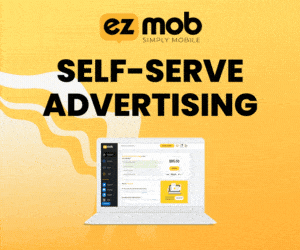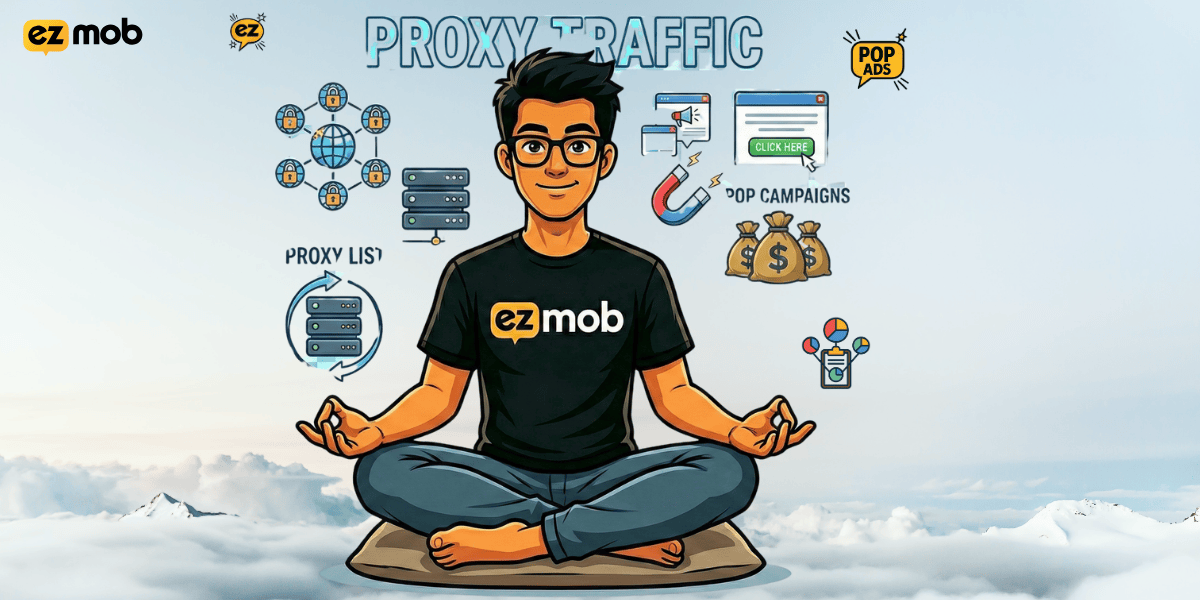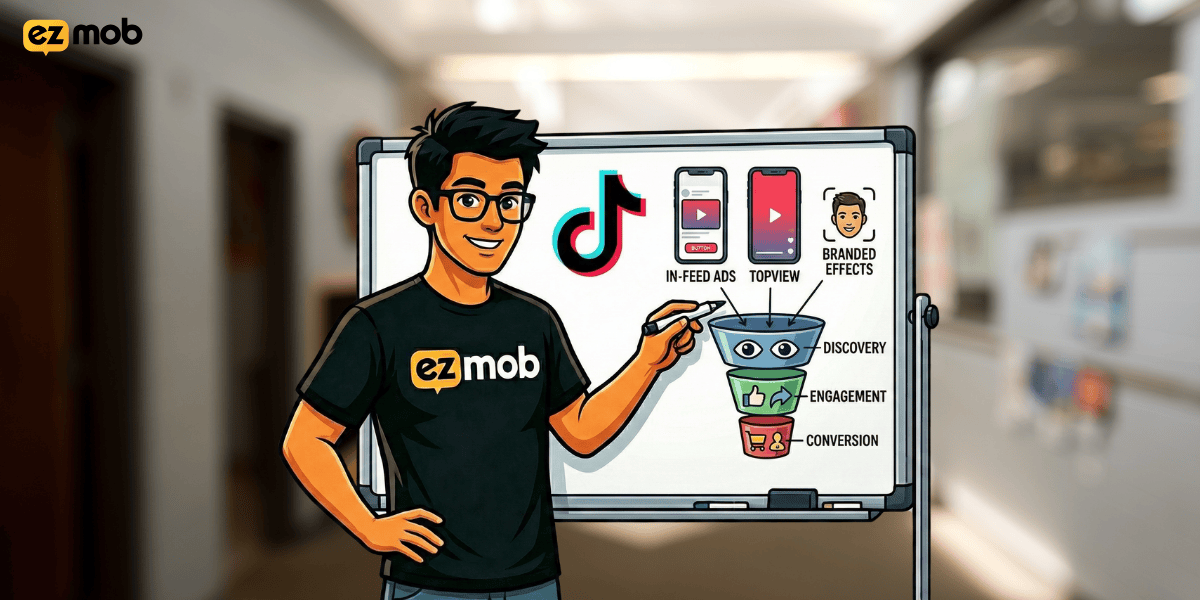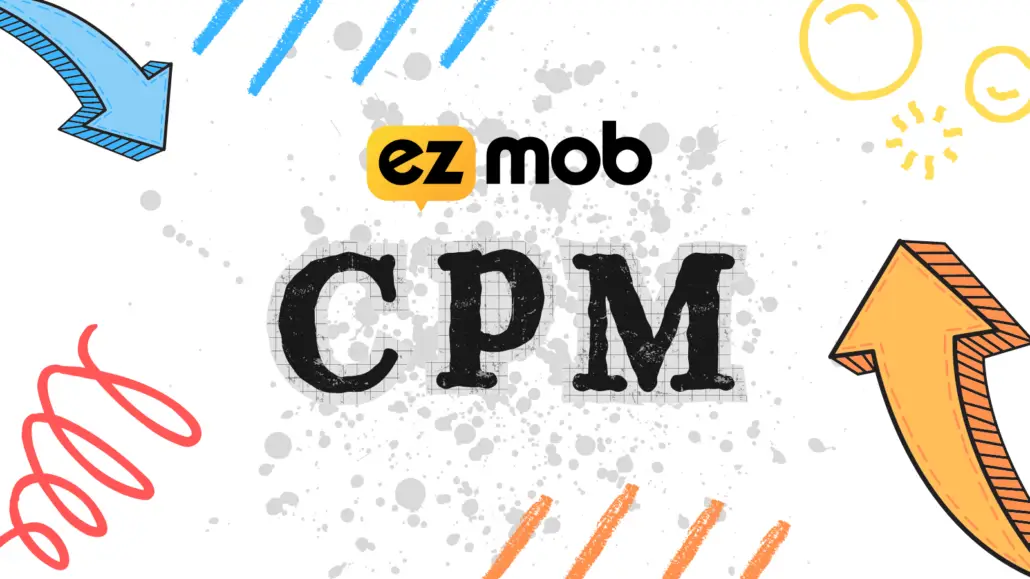
Table of Contents
From Cost to Conversion: Understanding What CPM Means in Marketing
In the dynamic world of digital marketing, understanding key metrics is crucial for the success of any campaign. One such metric that often stands out is CPM (Cost Per Mille). But what does CPM mean in marketing? And more importantly, how can it be leveraged to enhance your advertising strategy?
What Does CPM Mean in Marketing?
CPM, or Cost Per Mille, translates to the cost per thousand impressions. In simpler terms, it is the amount an advertiser pays for one thousand views or impressions of their advertisement. This metric is fundamental in digital marketing as it helps advertisers understand the cost-effectiveness of their campaigns.
When you know what CPM means in marketing, you can better allocate your budget, ensuring that your ads reach the maximum number of potential customers at the lowest possible cost. This is particularly significant in a landscape where advertising costs can quickly escalate without careful management.
Why is CPM Important?
Understanding what CPM means in digital marketing is essential for several reasons:
- Budget Management: CPM allows advertisers to plan and manage their budgets effectively. By knowing the cost per thousand impressions, businesses can forecast their expenses and make informed decisions about where to allocate their funds.
- Campaign Optimization: With CPM, you can measure the effectiveness of your ads. High CPMs might indicate that your ads are not performing well, prompting a need for optimization. Explore strategies for optimizing campaigns to ensure better performance.
- Comparison Across Channels: CPM provides a standard measure that can be used to compare the cost-efficiency of different advertising channels. This helps in identifying the most cost-effective platforms for your campaigns. You can explore more about different advertising channels such as display ads.
How to Calculate CPM?
Calculating CPM is straightforward: divide the total cost of the ad campaign by the number of impressions (in thousands). The formula is:
CPM = (Total Ad Spend / Total Impressions) * 1000
For example, if you spent $500 on a campaign that generated 100,000 impressions, the CPM would be $5.
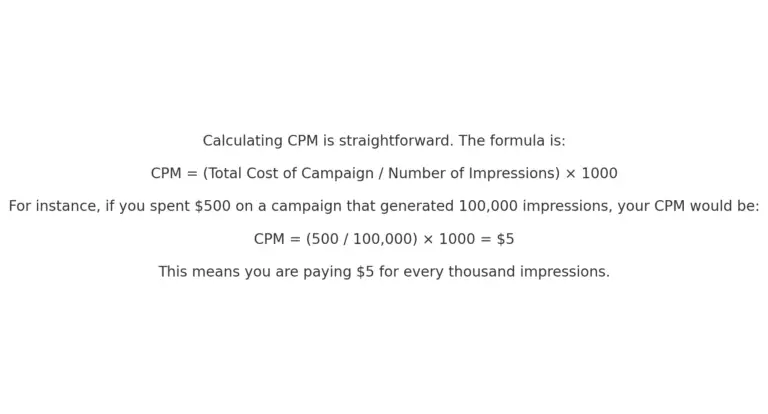
Maximizing Your CPM with EZmob DSP: Strategies for Success
- Targeting the Right Audience: Ensuring that your ads are reaching the most relevant audience is crucial for maximizing engagement and minimizing CPM. With advanced targeting options, the EZmob self-serve DSP platform allows you to precisely define your audience based on demographics, interests, and behavior. By targeting users who are more likely to convert, you can increase the effectiveness of your campaigns and achieve a lower CPM.
- Optimizing Ad Creatives: High-quality, engaging ad creatives can significantly impact your CPM. Investing in visually appealing and compelling ads that capture the attention of your target audience is essential. The creative tools available on EZmob enable you to design impactful ads that resonate with users. By continuously refining your creatives based on performance data, you can enhance user engagement and reduce your CPM.
- Testing and Tweaking: Regular testing and optimization are key to improving ad performance and lowering CPM. A/B testing different ad versions, headlines, and calls to action can help identify the most effective elements of your campaigns. The EZmob platform offers robust A/B testing capabilities, allowing you to make data-driven decisions and continuously refine your campaigns for better results.
- Leveraging Data and Analytics: Utilizing analytics tools to monitor your ad performance is essential for optimizing your campaigns. Platforms like EZmob DSP provide detailed insights into key metrics such as impressions, clicks, conversions, and CPM. By analyzing this data, you can identify trends, uncover areas for improvement, and make informed adjustments to enhance your campaign performance.
- Utilizing Programmatic Advertising: Programmatic advertising leverages automated technology to buy and place ads, often resulting in more efficient spending and better CPM rates. The EZmob DSP platform excels in programmatic ad placements, ensuring your ads are served to the right audience at the right time. By automating the ad buying process, you can achieve greater precision, efficiency, and cost savings in your campaigns.
Applying CPM Insights with EZmob DSP
Gaining a deep understanding of what CPM means in popup advertising can significantly enhance your campaign performance. With the EZmob DSP platform, you can analyze the CPM to determine which ads are delivering the best value for money and adjust your strategy accordingly.
Moreover, EZmob DSP offers detailed insights into CPM, allowing you to fine-tune your campaigns for maximum impact. By leveraging these insights, you can optimize your ad spend, improve targeting, and ultimately achieve better conversion rates. Utilizing these advanced features ensures that you get the most out of your advertising budget, making every dollar count towards your marketing goals.
Conclusion
In the realm of digital marketing, CPM is more than just a metric; it’s a powerful tool that can guide your advertising strategy towards greater efficiency and success. By understanding what CPM means in marketing, you can make informed decisions that enhance your campaign’s reach and impact, ultimately driving better conversions at lower costs.
For more insights on optimizing your digital marketing campaigns, visit our EZmob Blog.
Join our Newsletter
Get access to promotions, case studies, and recommended partners



